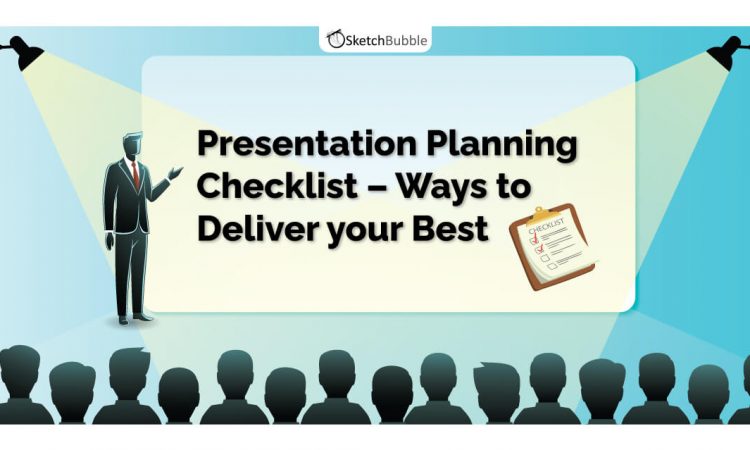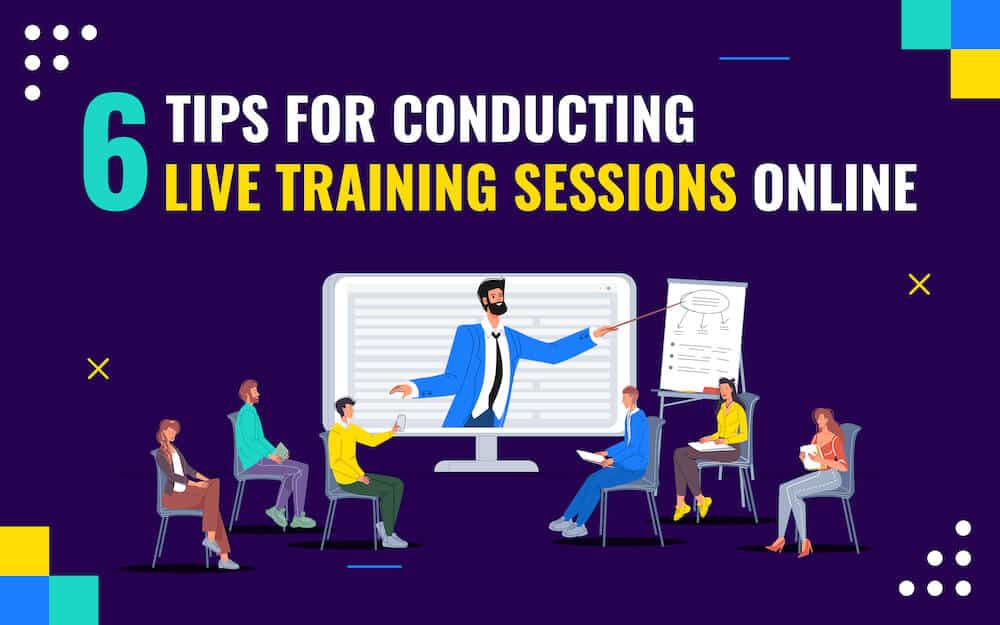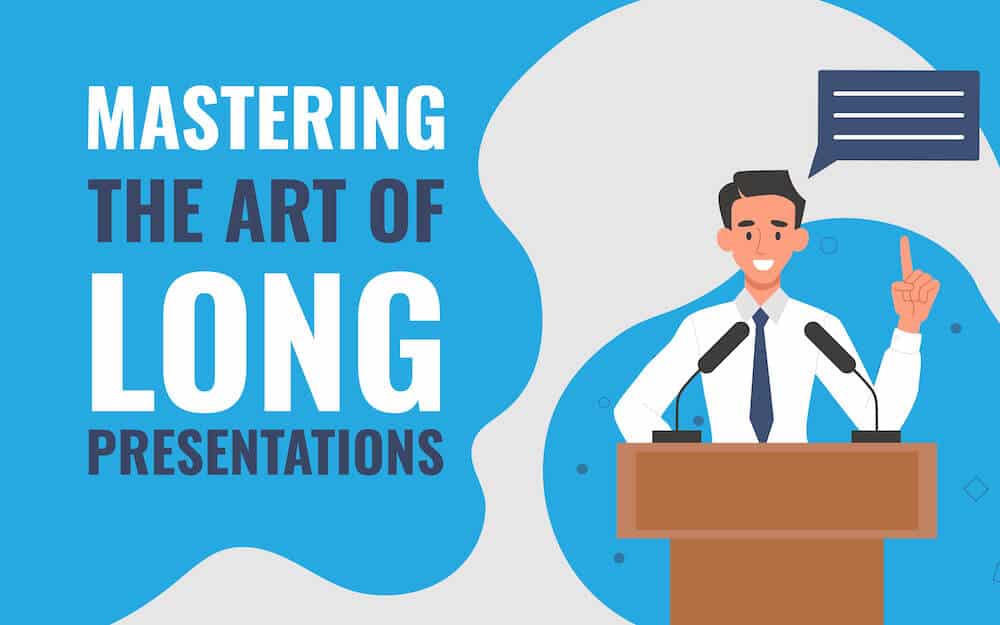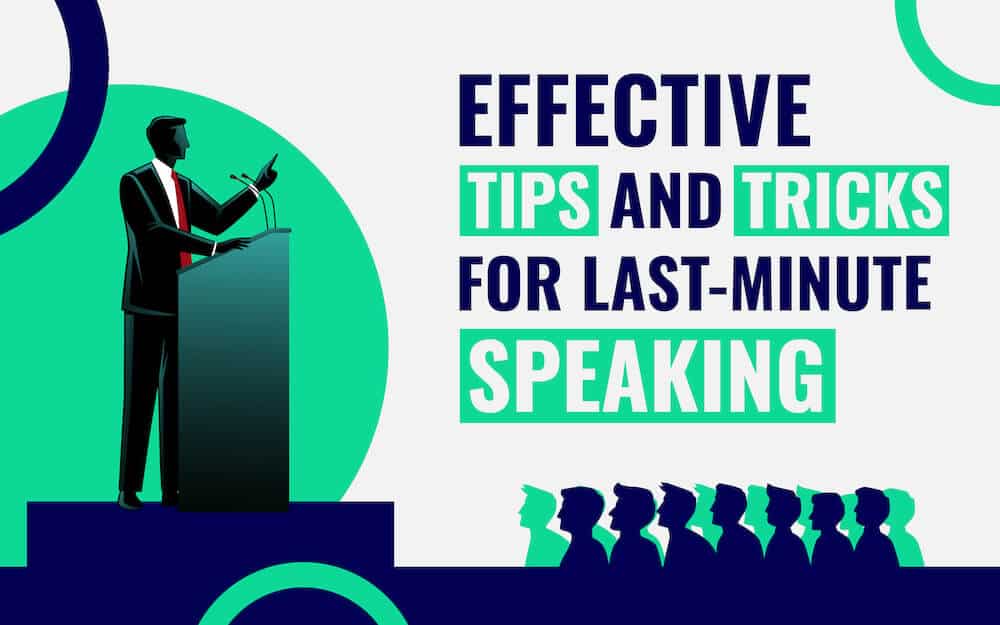
Just because you have an absolute expertise on the topic that you’re to present, you can’t think of an off-the-cuff presentation. If you think this, you are surely mistaken. As in the famous words of Benjamin Franklin, “By failing to prepare, you are preparing to fail,” every single thing that you do needs planning and preparation and delivering a presentation is no different.
However, a smarter way to handle this is to keep a checklist handy and focus on few crucial points to come up with most outstanding results. Give a quick look at the presentation planning checklist given below and give an edge to your performance.
What is your objective?
Whether you’re to introduce a new marketing & advertising plan for your product to the team or explain the tips for better customer care, you surely need to know the objective for which you are standing there on the pulpit and speaking to a room full of audience.
So, why you need to introduce the new marketing & advertising plan. May be the older plans didn’t work or they were expensive and the newer plans are for getting better results with cut on the expenses. Similarly, your customer care team needs to learn some tips to handle customers well, may be because they haven’t been doing it satisfactorily till now.
When you’re clear with the objective, you’ll be more profound in bringing it in your speech too.
How much you already know about the topic and what you still need to know?
Sometimes, you have to speak on a topic which is completely different from your niche; in that case, you need to check how much you know and how much you’ll need to know. Also, sometimes you have an expertise in the topic, yet you need to check what exactly you’re supposed to be speaking about. Don’t forget, knowing it all doesn’t mean speaking it all. Your aim should be speaking to the point.
Who is your audience?
It is a most important point to remember. If you aren’t clear about your audience, you’ll not be able to deliver your best. Be sure about the demographics – to what age group, region, culture, education level your audience belong. If you’re to speak for the CEOs of the age group of 50 something, you’re surely not going to explain your point the way you’d do for young executives in the age group of 20 something; again the jokes that female listeners would enjoy may not please the male listeners.
How much do your audience know and what they intend to know?
You hold a Ph.D. in Finance doesn’t mean all those young job-first-timers with mere bachelor’s degree would be able to follow your complicated concepts! Don’t forget to check the knowledge level of your audience before you even start to prepare. Again, you’re not going to give an entire thesis in a short introduction, are you? So, be sure to know what your listeners intend to know, what are their needs and prepare accordingly.
How long will it take you?
Perhaps you’re required to speak for 30 minutes at one go, in that case with material fit for 1 hour will spoil the whole sport! Similarly, if you haven’t prepared to speak for an hour at a stretch, don’t think you’ll be able to continue with the material just enough for 15 minutes. First, you cannot drag on. Second, you cannot bore. And third, you cannot make a fool of the people listening to you! So you need to manage your time effectively during your next presentation.
What you need to include – Data, Fact & Figures or Stories & Anecdotes?
Always be sure about what things you’re going to include in your presentation. Don’t think of adding content at the last minute as this will not only confuse you but will also make it unclear for others to understand your point. Further, for every single thing that you include, there’s a special way of doing it. So, whether you’re to add data, fact or figures, or you’re to include a short anecdote, make sure that you blend it really well, so that your audience get to understand your point well.
Would you need visuals – of what kind and how you’d include them?
Visuals add volume to your presentation. They help you make your point clear. They also prove perfect attention grabber. But again, you’ll have to be clear about whether you’ll need to include them or not. A 5 minutes speech may not have rooms for visuals and if you’re to speak for one whole hour, you’ll have to decide how they are going to be, how many in number they must be and how exactly you’ll include them.
Simply keep an eye on your planning checklist and you’ll never prepare it wrong!



